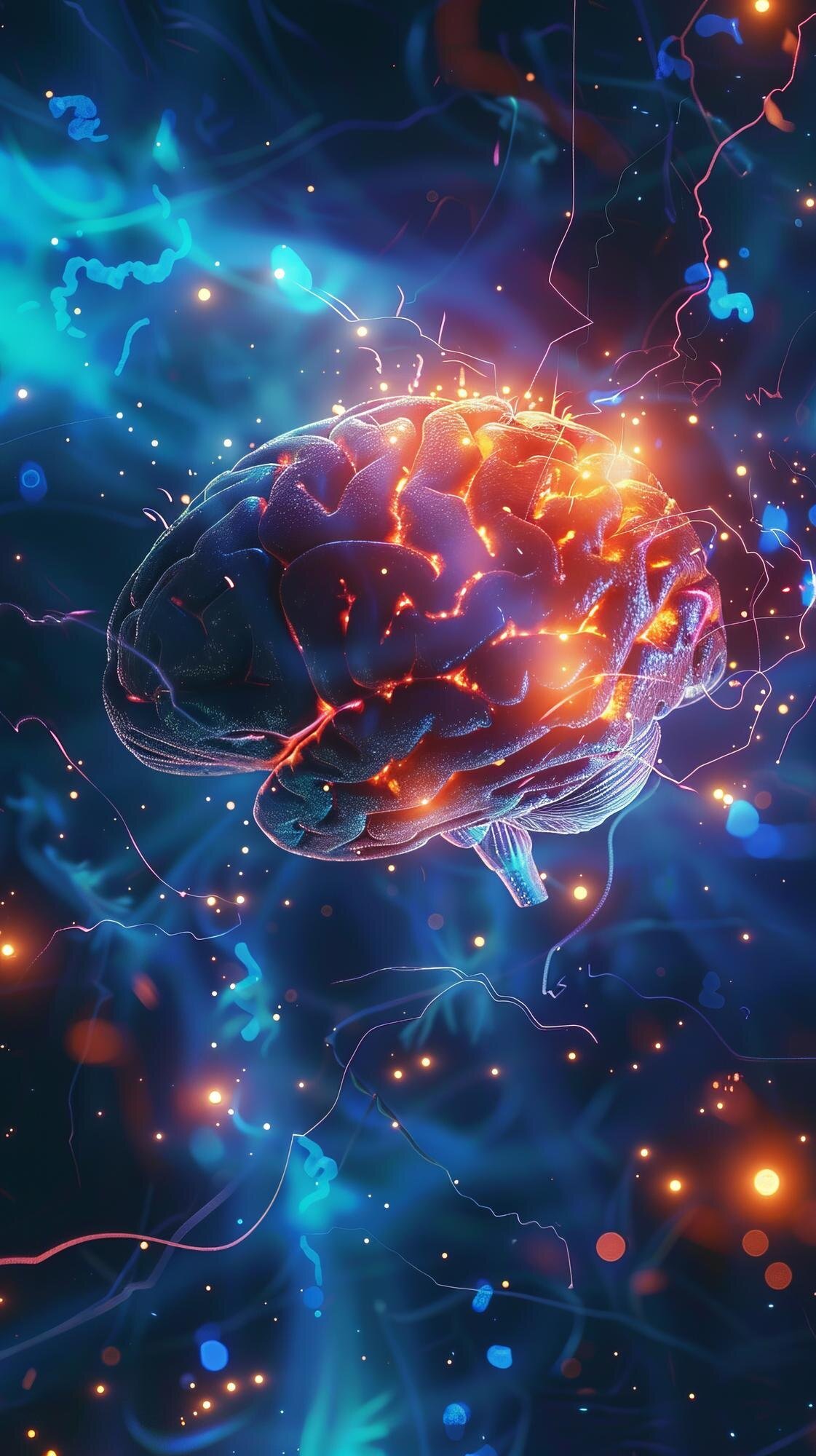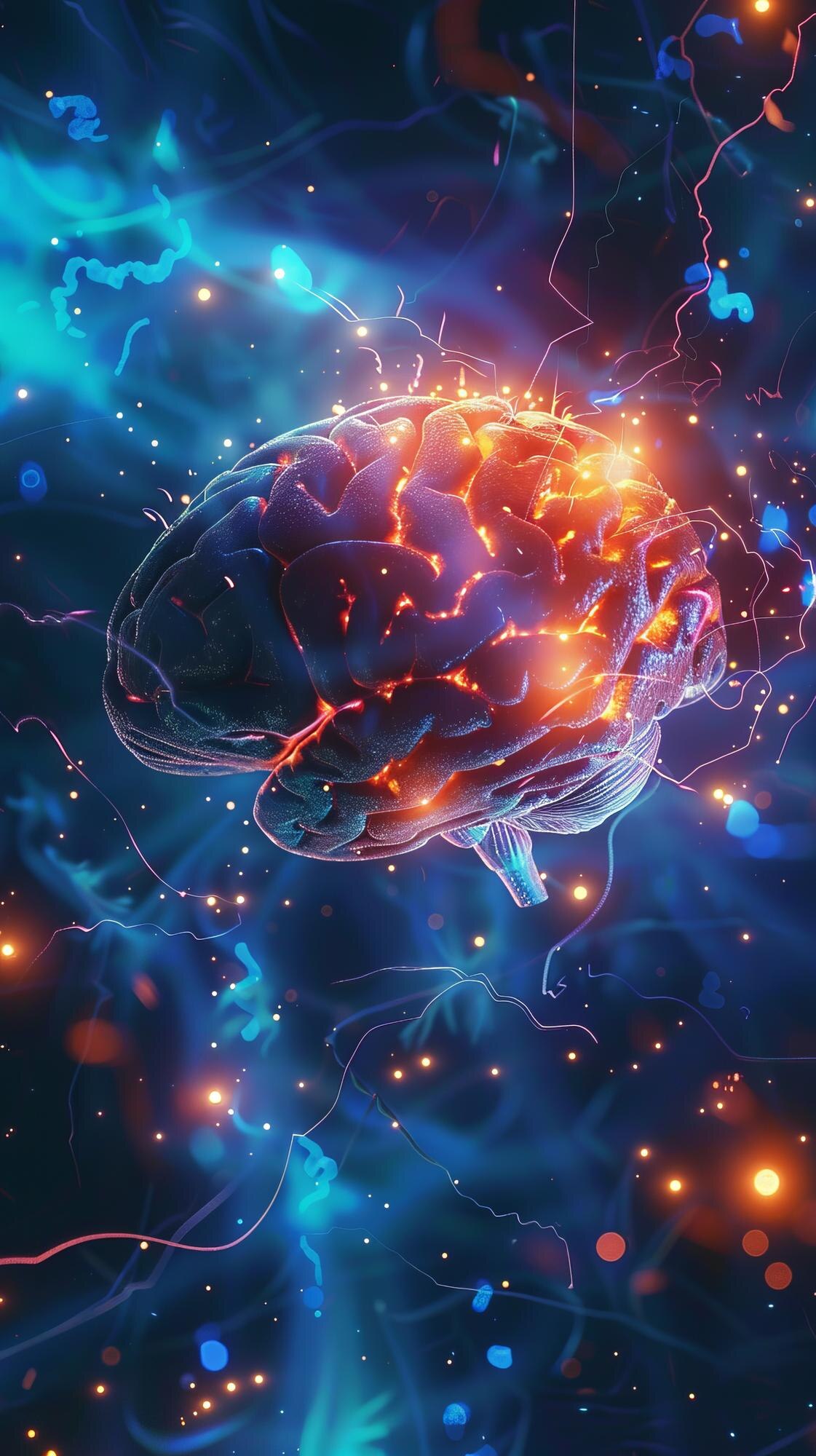
The Science Behind Compulsive Behaviors: Understanding Your Brain’s Survival Mechanism
Forget what you’ve heard about compulsive behaviors. They’re not a flaw in your character but a survival mechanism of your brain. You’re not broken—you’re emotionally overwhelmed. And that can change. If you’ve found yourself trapped in cycles of food addiction, emotional eating, or substance reliance, know this: you’re not alone. Understanding the science behind these behaviors can be the first step towards freedom. VK Circle’s coaching offers a path to regain control and foster self-love. Ready to transform your story? Let’s begin.
Understanding Brain’s Survival Mechanism

To grasp the science behind compulsive behaviors, we must first understand the brain’s survival mechanism. Our brain is wired to protect us, often reacting to perceived threats with compulsive actions. These behaviors are not personal failures but survival instincts stemming from emotional pain.
Compulsive Behaviors Explained
Compulsive behaviors are actions driven by an overwhelming urge to reduce anxiety or discomfort. These behaviors can manifest in various forms, such as food addiction or substance reliance. Research indicates that the brain’s support cells might play a role in obsessive-compulsive disorder (OCD), highlighting the neurological basis of these actions. Learn more from UCLA Health.
This understanding shifts the narrative from viewing compulsions as flaws to recognizing them as a part of our brain’s wiring. According to Michigan Medicine, compulsive behaviors often stem from a “stuck loop” of perceived wrongness in the brain. This loop prompts repetitive actions, which are attempts to correct an internal imbalance.
These insights empower individuals to view their compulsions through a lens of understanding rather than judgment. By doing so, we can begin to address these behaviors with empathy and strategies for change.
Emotional Pain and Survival Instincts
Emotional pain often triggers the survival instincts that lead to compulsive actions. The brain interprets emotional distress as a threat, activating its ancient wiring to seek safety. Life in Abundance explains that these behaviors are rooted in the brain’s attempt to cope with overwhelming emotions.
This survival mechanism can lead to a cycle of compulsion, where temporary relief from emotional pain reinforces the behavior. Understanding this can help break the cycle by addressing the emotional root rather than the symptoms.
To navigate this cycle, it’s essential to recognize the role of emotional pain in compulsive behaviors. This awareness can pave the way for more constructive coping mechanisms and healing.
Path to Emotional Liberation

Emotional liberation involves freeing oneself from the chains of compulsive behaviors. This path is about replacing self-hate with self-love and finding effective, non-clinical coaching methods to heal.
Replacing Self-Hate with Self-Love
Often, compulsive behaviors are fueled by self-criticism and self-hate. To counteract this, fostering self-love is crucial. This involves shifting negative self-talk to positive affirmations, such as “I am safe. I am ready to heal.”
Self-love is not just an abstract concept; it’s a practice. It requires consistent effort to replace judgment with compassion. By doing so, individuals can create an internal environment of acceptance and care.
Practicing self-love can significantly alter one’s relationship with compulsive behaviors, promoting healing and resilience.
Non-Clinical Coaching for Healing
Traditional therapy might not be suitable for everyone. That’s where non-clinical coaching comes in. This approach provides a safe space to explore emotions without the stigma of clinical diagnosis.
VK Circle’s coaching focuses on empowering individuals with tools to understand and manage their emotions. This method emphasizes the importance of self-awareness and emotional clarity in overcoming compulsions.
Non-clinical coaching offers an alternative path for those seeking healing without the constraints of traditional therapy. This approach can be particularly beneficial for those who want to address compulsive behaviors in a supportive and understanding environment.
Taking Control with VK Circle

VK Circle provides a roadmap to breaking free from the emotional chains of compulsive behaviors. Their approach is about empowering individuals with tools for lasting change.
Breaking Free from Emotional Chains
Breaking free from compulsive behaviors requires addressing the emotional chains that bind us. VK Circle focuses on untangling these chains by understanding the underlying emotional triggers.
This involves recognizing patterns of behavior and identifying the emotions driving them. By doing so, individuals can start to dismantle the compulsive cycle.
VK Circle’s approach is about fostering self-awareness and emotional intelligence to navigate these challenges effectively.
Empowering Tools for Lasting Change
VK Circle offers empowering tools designed to facilitate lasting change. These tools are practical, accessible, and tailored to individual needs.
Emotional Journaling: Track emotions and triggers to understand patterns.
Mindfulness Practices: Develop awareness of the present moment to reduce impulsive actions.
Affirmations: Use daily affirmations to cultivate a positive self-image.
These tools create a foundation for emotional stability and resilience, allowing individuals to reclaim control over their lives.
VK Circle’s coaching can catalyze significant change, providing the support and guidance needed to overcome compulsive behaviors. 🌟



